15 Chemists Whose Discoveries Changed Our Lives
Louis Pasteur created the first vaccine.

Pierre Jean Robiquet discovered caffeine.
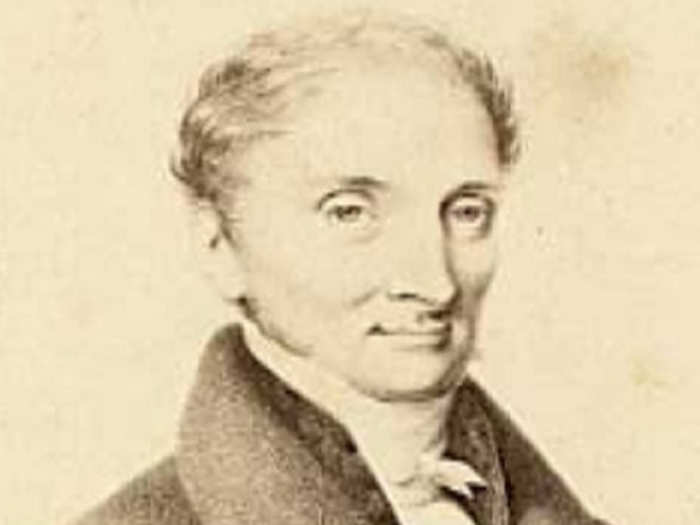
Aside from isolating caffeine in 1821, French chemist Robiquet also identified the properties of codeine, which is a powerful molecule used in medicine as a cough suppressant and analgesic drug.
During his lifetime, Robiquet made significant contributions to science with various discoveries of natural products.
Ira Remsen developed the first artificial sweetener.
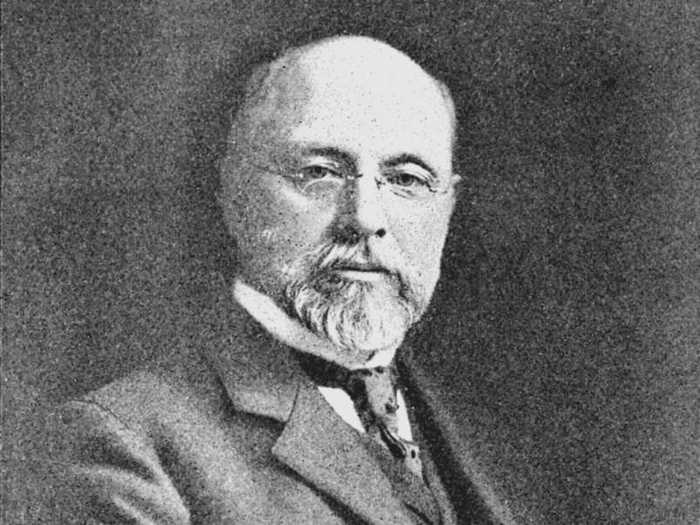
A former president of Johns Hopkins University, Remsen is credited with the discovery of the popular artificial sweetener known as saccharin. Today, saccharin is widely used in the U.S., sweetening everything from diet soft drinks to toothpaste.
Remsen first synthesized the substance in 1878 while working with his postdoctoral colleague, Constantine Fahlberg. As the story goes, Remsen was uninterested in the practical application of saccharin, but Fahlberg was eager to capitalize on the commercial potential and rushed to obtain a patent for saccharin. Fahlberg then attempted to take all the credit for the discovery, a move that didn't sit too well with his colleague.
Joseph Priestley invented soda water.
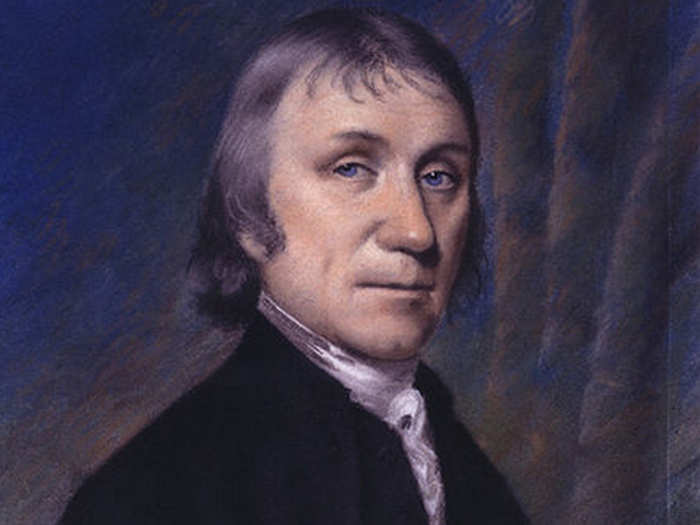
That bubbly sensation that's experienced when sipping carbonated water? You can thank Priestley for that. During his lifetime, this Englishman also isolated and characterized eight gases, including oxygen. Priestley also contributed to the understanding of photosynthesis and respiration.
When Priestley began his research on the properties of gases in the 1770s, he was living next to a brewery, giving him access to an ample supply of carbon dioxide.
While living in England, the chemist was so vocal about his support for the American and French Revolutions that he ended up having to immigrate to America, settling in a home equipped with a laboratory in Northumberland, Penn., with his wife.
He spent most of his life employed as a preacher or a teacher.
Adolf von Baeyer created the dye that colors blue jeans.
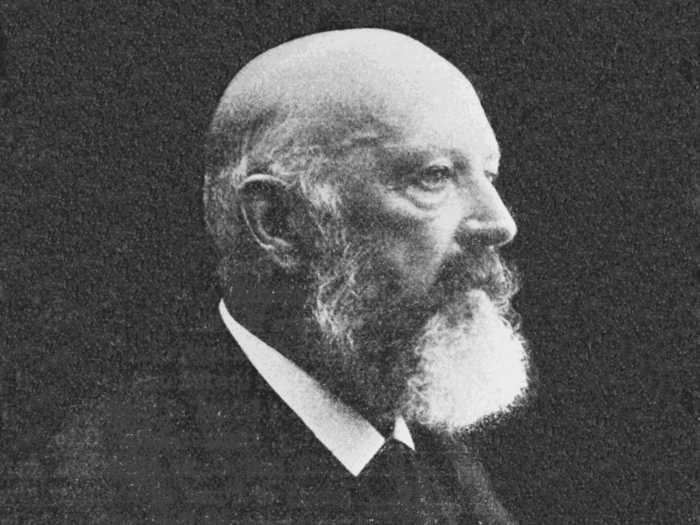
That's right, you owe the coloring of your favorite denim to this man.
German chemist von Baeyer was born in 1835 and made his first chemical discovery — a new double salt of copper — at the age of 12. He began developing indigo, the blue dye used to color most jeans, in 1865 and successfully synthesized the dye several years later. In 1905, he was awarded the Nobel Prize in Chemistry for his "work on organic dyes and hydroaromatic compounds."
Leo Hendrik Baekeland invented plastic.
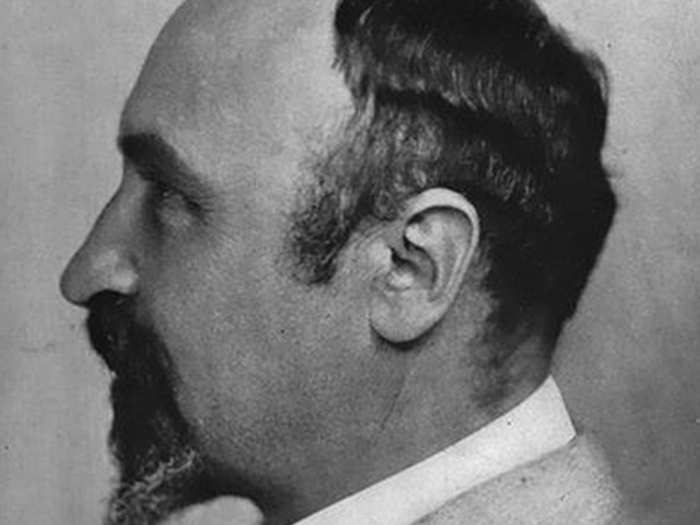
Within a decade of immigrating to America, Belgium-born Dr. Baekeland sold the rights of his first major invention to George Eastman and Kodak for $1 million. The invention was a printing paper that could be developed under artificial light called Velox.
A few years later in 1907, Dr. Baekeland invented Bakelite, considered the first plastic, by mixing together carbolic acid and formaldehyde.
Frederick Sanger discovered the structure of insulin.
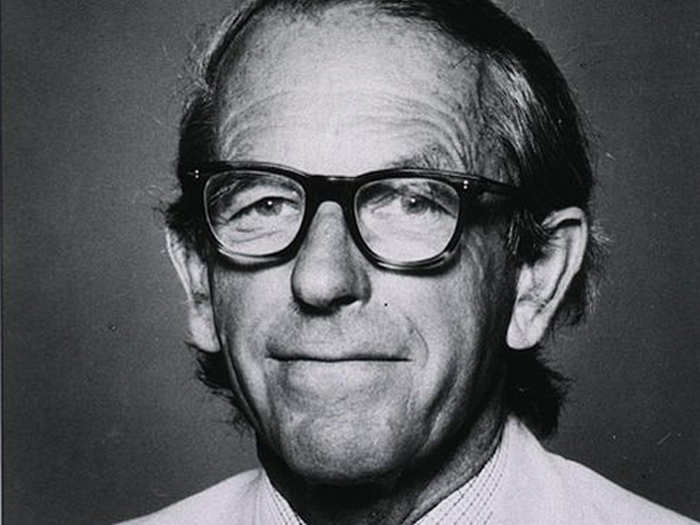
After graduating from Cambridge University, Sanger decided to stay at the school to conduct research on amino acid metabolism. During his research, the British biochemist discovered ways to order the amino acids, which resulted in the structure of insulin.
Along with numerous other recognitions and awards, Sanger won a Nobel Prize in Chemistry in 1948 for his work on insulin. In 1980, he shared a second Nobel Prize with Walter Gilbert for their work with nucleic acids.
Sanger retired in 1985 and spends a lot of his time gardening.
Wallace Carothers discovered nylon.
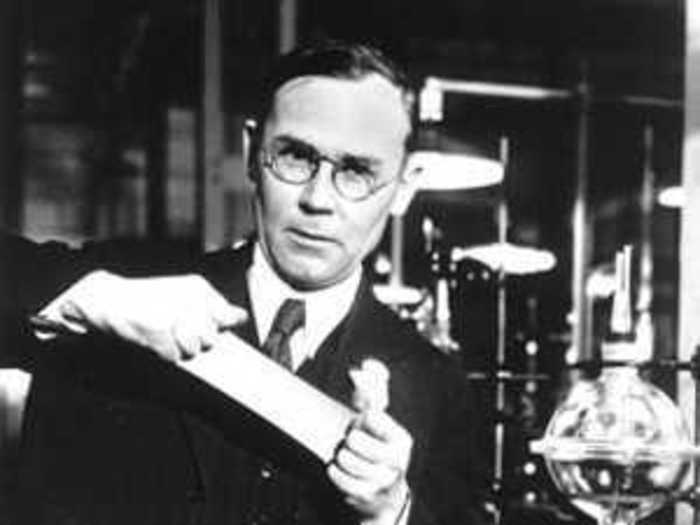
Before Carothers came on the scene, the U.S. was plagued by trade problems with Japan that were making silk increasingly difficult and expensive to procure.
Then, in the early 1930s, Carothers and his team at the DuPont chemical company produced their first durable and flexible strand of a synthetic polymer fiber. DuPont patented the thread as "nylon" in 1935, and Carothers became the first organic chemist to be elected to the National Academy of Sciences.
Clause Louis Berthollet introduced the use of chlorine as bleach.
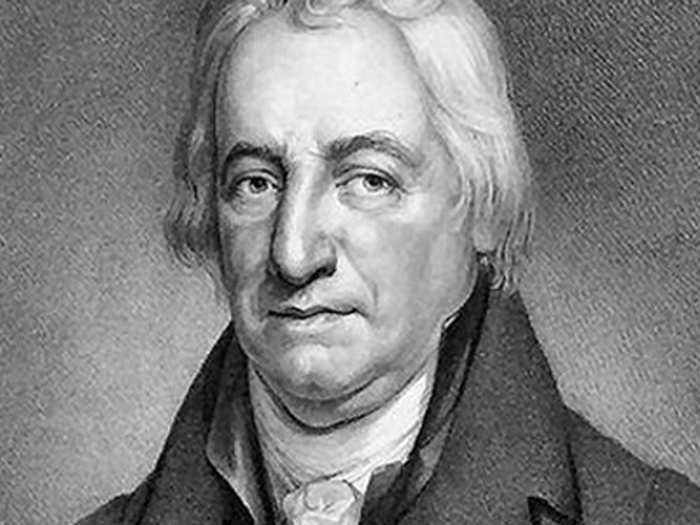
Berthollet was a French chemist who researched dyes and bleaches, which led to him introducing the use of chlorine as bleach. He was one of the several scientists who accompanied Napoleon to Egypt and eventually became vice president of the French Senate in 1804.
Berthollet died in France in 1822.
Coenraad Johannes van Houten discovered cocoa powder.
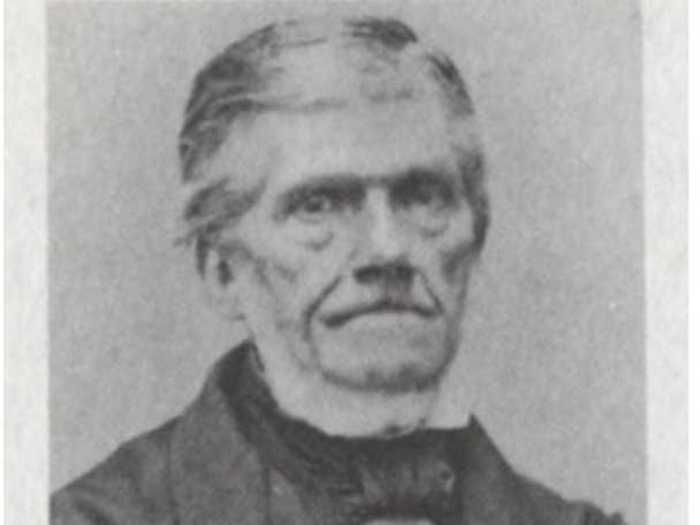
Before Nestlé and Swiss Miss, there was Dutch chemist van Houten, who, in many ways, was the first modern chocolatier.
In the early 1800s, van Houten discovered that by removing most of the cocoa butter from unprocessed cocao, he could create a powdered chocolate substance. He patented his method in 1828 and further refined the powder by treating it with alkaline salts to increase its solubility — a process known as "Dutching." With that, the earliest form of hot chocolate mix was born.
Robert Bunsen invented the aptly named Bunsen burner.
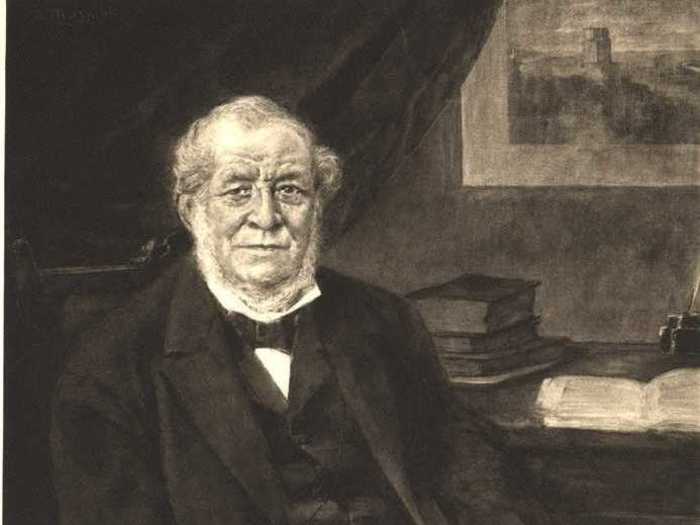
Chemistry students everywhere owe their ability to heat beakers and Erlenmeyer flasks in lab to German chemist Bunsen.
While the laboratory burners were already in use when Bunsen came along — one of the earliest prototypes is credited to English scientist Michael Faraday — Bunsen's improvements to the design were considered most effective. In addition to refining the popular lab tool, Bunsen also helped pioneer the use of spectroscopy in chemical analysis.
Arthur Harden advanced alcoholic fermentation.

You can't have wine, beer, whiskey, rum, and vodka without alcoholic fermentation, and Harden was instrumental in researching that process.
As a chemist at the British Institute of Preventative Medicine, later renamed the Lister Institute, Harden studied the fermentation of sugar by yeast. He and Hans Karl August Simon von Euler-Chelpin were jointly awarded the Nobel Prize in Chemistry in 1929 for their "investigations on the fermentation of sugar and fermentative enzymes."
Frederick Gowland Hopkins figured out that we need vitamins.
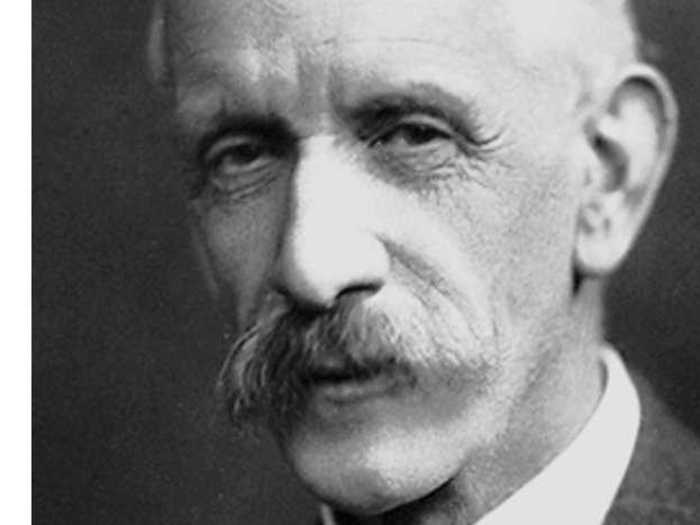
At the time Hopkins was conducting his work on nutrients, animal nutrition was focused primarily on energy requirements.
Hopkins challenged this notion, demonstrating that small animals like mice could not survive solely on protein, carbohydrates, fats, and certain inorganic materials. Mice and other animals required "accessory factors" to grow and be healthy — substances that would come to be known as vitamins. His work with metabolism and nutrition earned him the Noble Prize in Medicine in 1929.
Dmitri Mendeleev is credited with publishing the periodic table of elements.
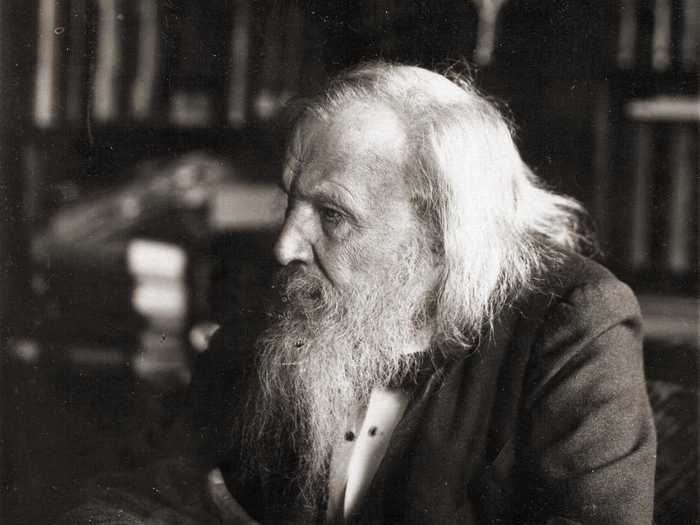
Several scientists contributed to the periodic table, but Mendeleev is generally recognized for publishing the first widely accepted version in 1869.
The Russian chemist was born in Siberia in the mid-1830s and thought to be the youngest of a large family. After earning a master's degree at St. Petersburg University, Mendeleev was hired there as a professor of chemistry. While working there, he developed his period table and used his system to predict the properties of yet-to-be discovered elements.
Giacomo Luigi Ciamician is the father of solar panel.
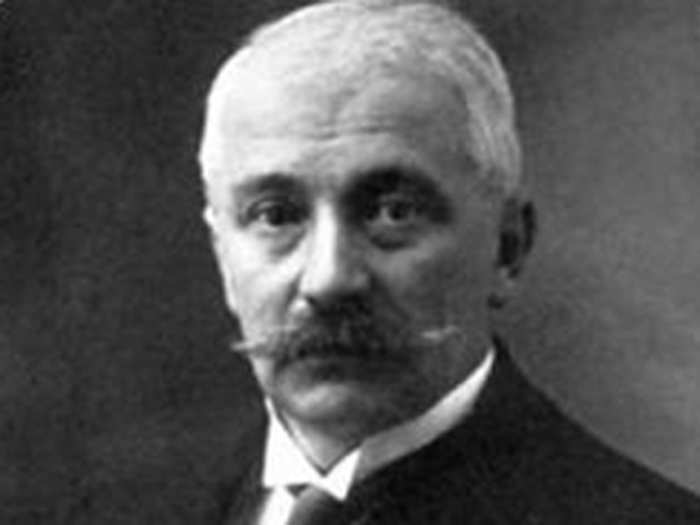
Italian photochemist Ciamician was a nine-time Nobel prize nominee and a senator. Between 1900 and 1914, he published nine memoirs and 40 notes.
Ciamician had a solar panel on his roof that illuminated one light bulb from his laboratory. He presented a paper to Congress in 1912 about using solar power.
As one of the founders of photochemistry, much of Ciamician's research centered on how light travels, and he is considered the father of the solar panel.
Not everyone knew right away what they wanted to do:

Popular Right Now
Popular Keywords
Advertisement